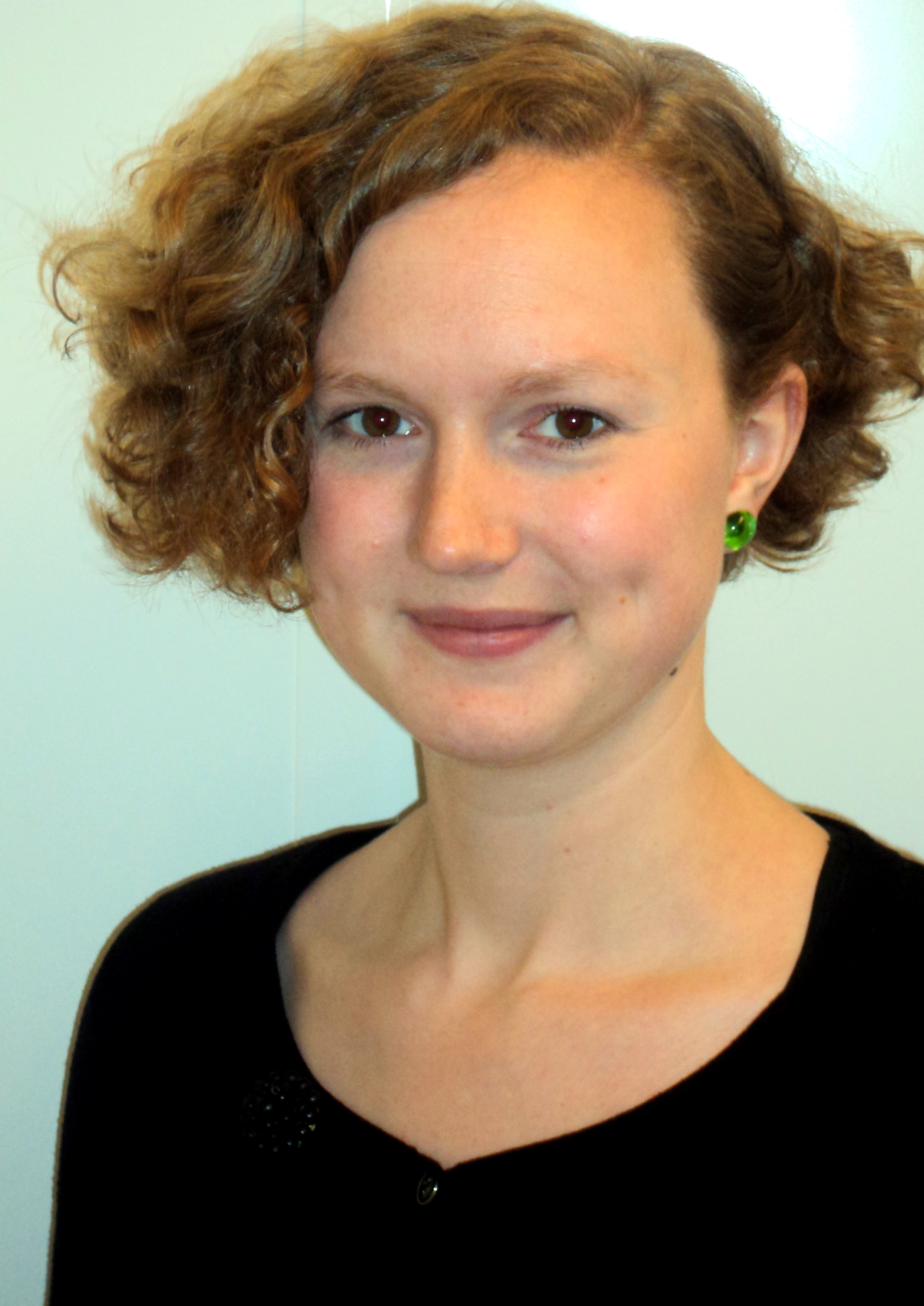Mariehamn 5.3.2014
 |
|
Sarah Stephan is a researcher at the ÅIPI and also functions as the Project Manager for the project Open Doors that is focusing on gender equality, empowerment and participation in Azerbaijan. Sarah’s research interests include European and Public International Law, in particular post-conflict governance and multilevel governance in the European Union and beyond. Sarah holds an LL.M. in Public International Law from Helsinki University and a Bachelor’s degree in European and Comparative Law from the Hanse Law School of the Universities of Bremen and Oldenburg. |
The events that took place in Kiev starting in December 2013, the protests at the Maidan square and the recent ousting of president Yanukovych, followed by a change of political elites, had initially not evoked thoughts on the Crimea in me. I have visited the peninsula, the cities Simferopol and Sevastopol, in the autumn 2011 for a summer school on democracy and identity in post-soviet Ukraine with a focus on Crimea. I left with the impression that the Crimea has an identity of its own, is neither simply Ukrainian nor simply Russian. It is much more.
The group of students that participated in the summer school was diverse. The local participants reflected, at least in part, the polyethnic population of the Crimea, Russians, Ukrainians, Crimean-Tatars and Armenians. Together we met with academics, civil society representatives and local political leaders.
Crimeans put a lot of weight on the autonomy they enjoy within Ukraine, as the political arena where the odds for this particular region ought to be made, in good relations to both the East and the West. I use the word ought because the autonomy has not proven particularly strong, hampered by the center’s unwillingness to grant genuine political power and by the geo-political interests of the Crimea’s eastern neighbor Russia. But many of my fellow students believed in the potential of autonomy as the institution that is most fit to solve the conflicts that cause tension in the region. While the Russian language doubtlessly functions as the main vehicular language on the Crimea, where a large majority of the population identifies as Russian, minority languages are recognized but the provision of appropriate education in Crimean-Tartar remains challenging. Many people on the Crimea work to find a linguistic balance and to make multilingualism politically and practically possible. Other concerns that were frequently mentioned were property rights and the fair and equitable distribution of formerly state-owned plots of land. This is a concern mainly of the Crimean-Tartars who were deported in 1944 and remained in exile in central Asia up until 1988 and are still returning to the Crimea today. An overwhelming concern was corruption and the lack of reliable and accountable democratic institutions. Young Crimeans certainly share these concerns with many peers in Eastern Europe, the South Caucasus and elsewhere. What they also share is curiousness about Europe and the mobility it promises, while being firmly based in their home region.
So, today, when news about the Crimea are updated every other minute, I wonder whether the polarizing ‘East against West rhetoric’, to which media at both ends certainly contributes, does much justice to a place like Crimea and its population, with their particular concerns. Does peace have to mean either Ukraine (with European ambitions) or Russia? To look to the Great Powers to find an answer is disempowering and it robs the Crimeans of their very own Crimean identity. Should violence erupt and become exacerbated by international interventions, the way back to an autonomy that can accommodate a polyethnic, multi-lingual society might be closed. Violence is a means to demonstrate power but for the Crimeans violence will be a further disempowering experience.



